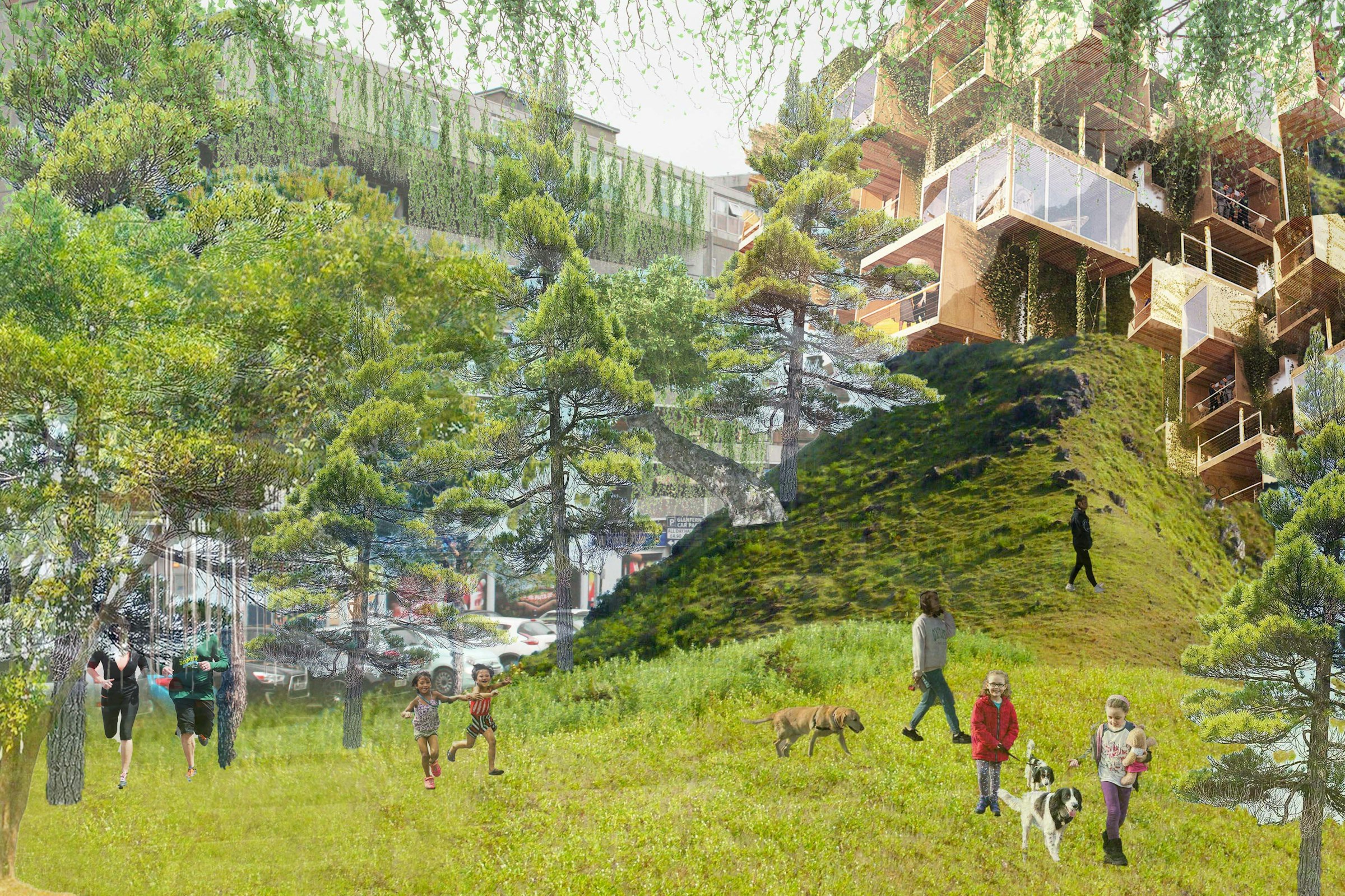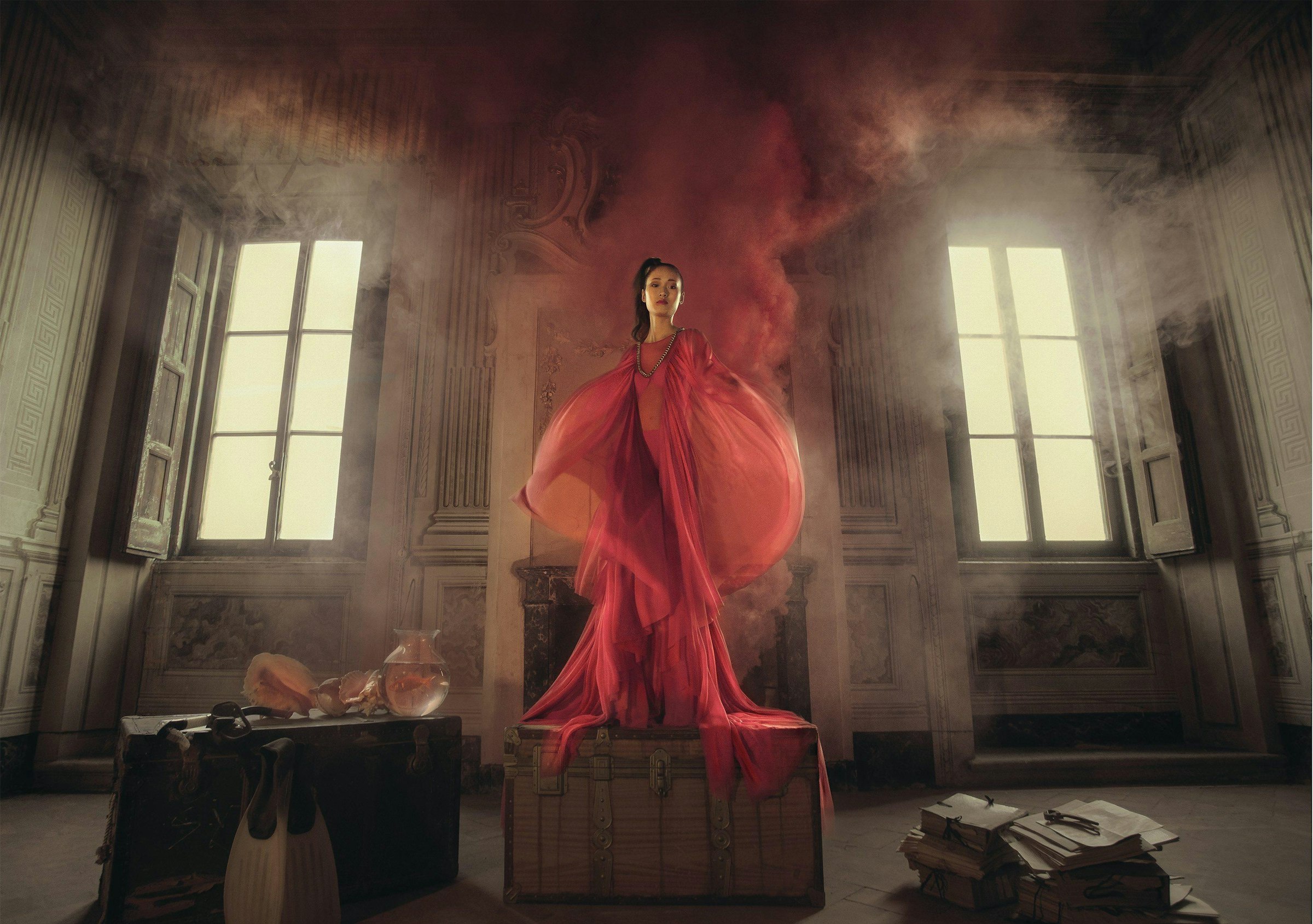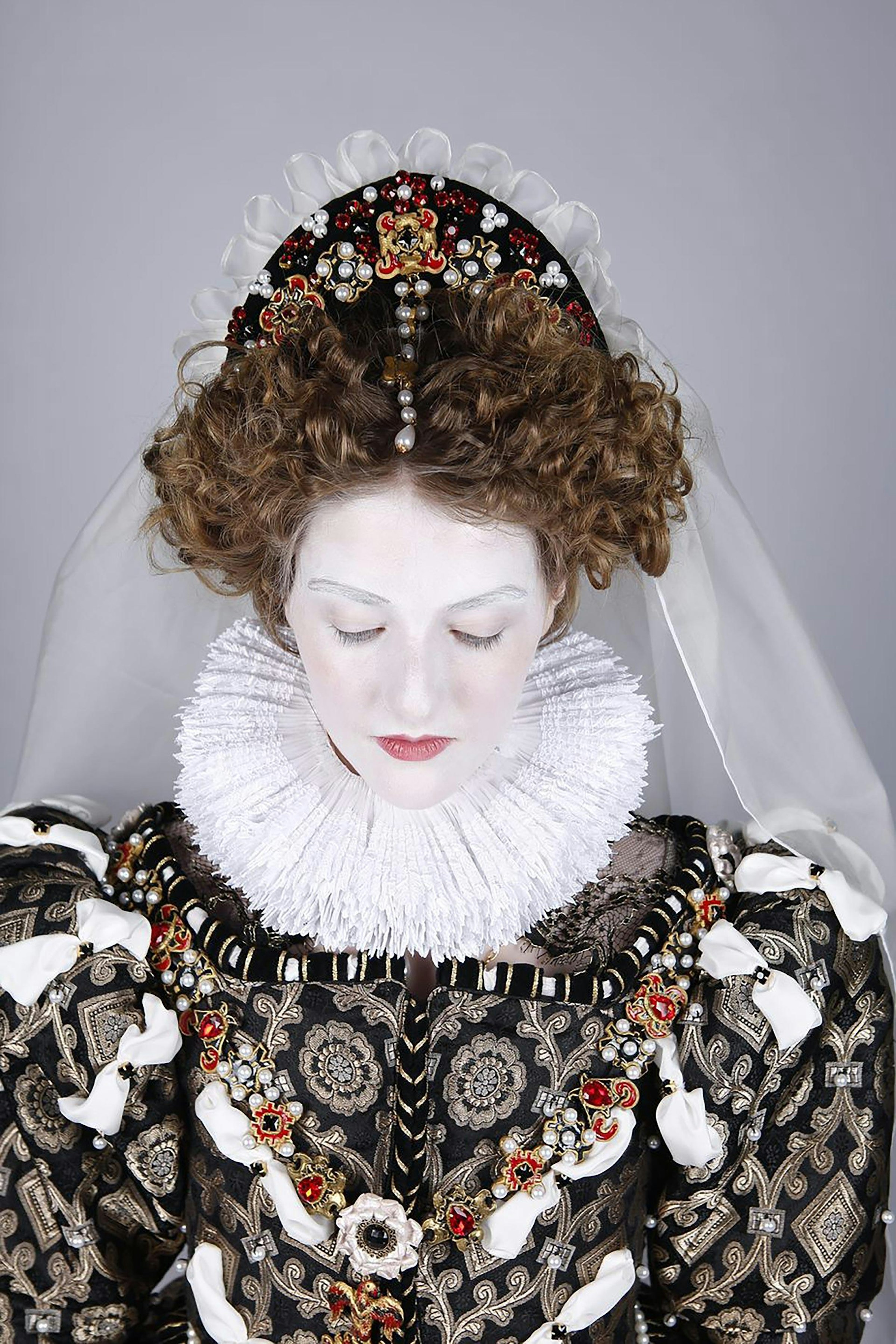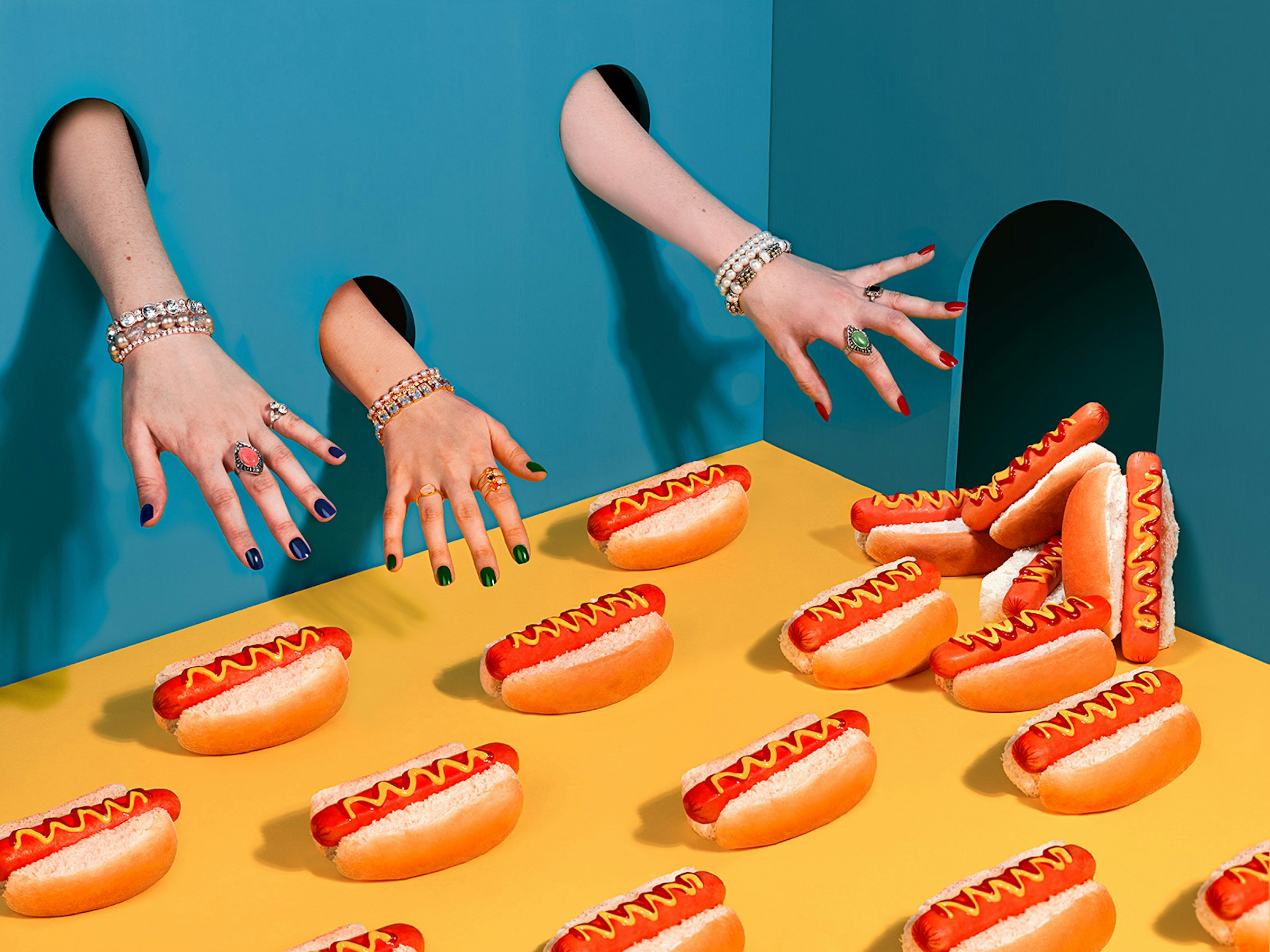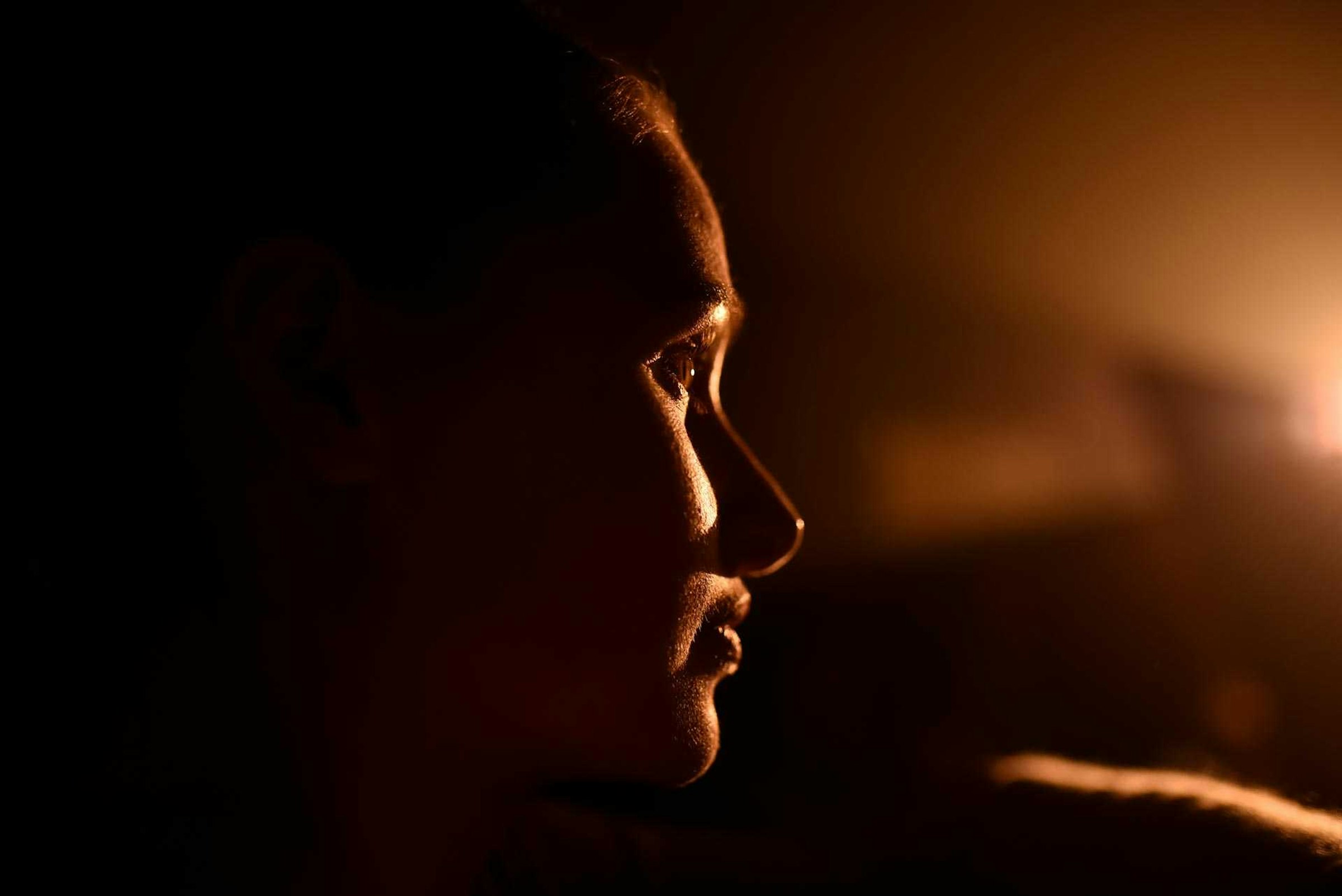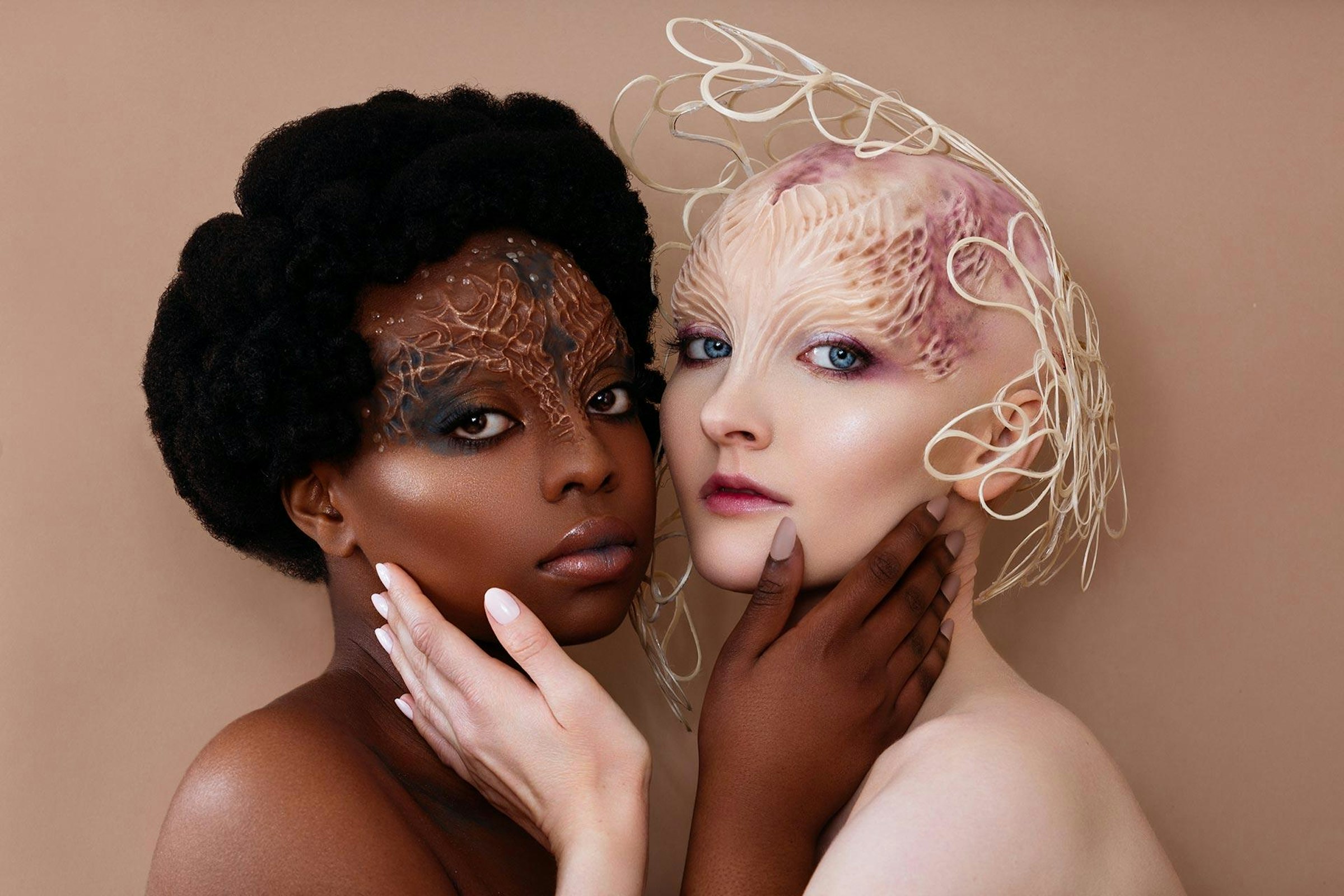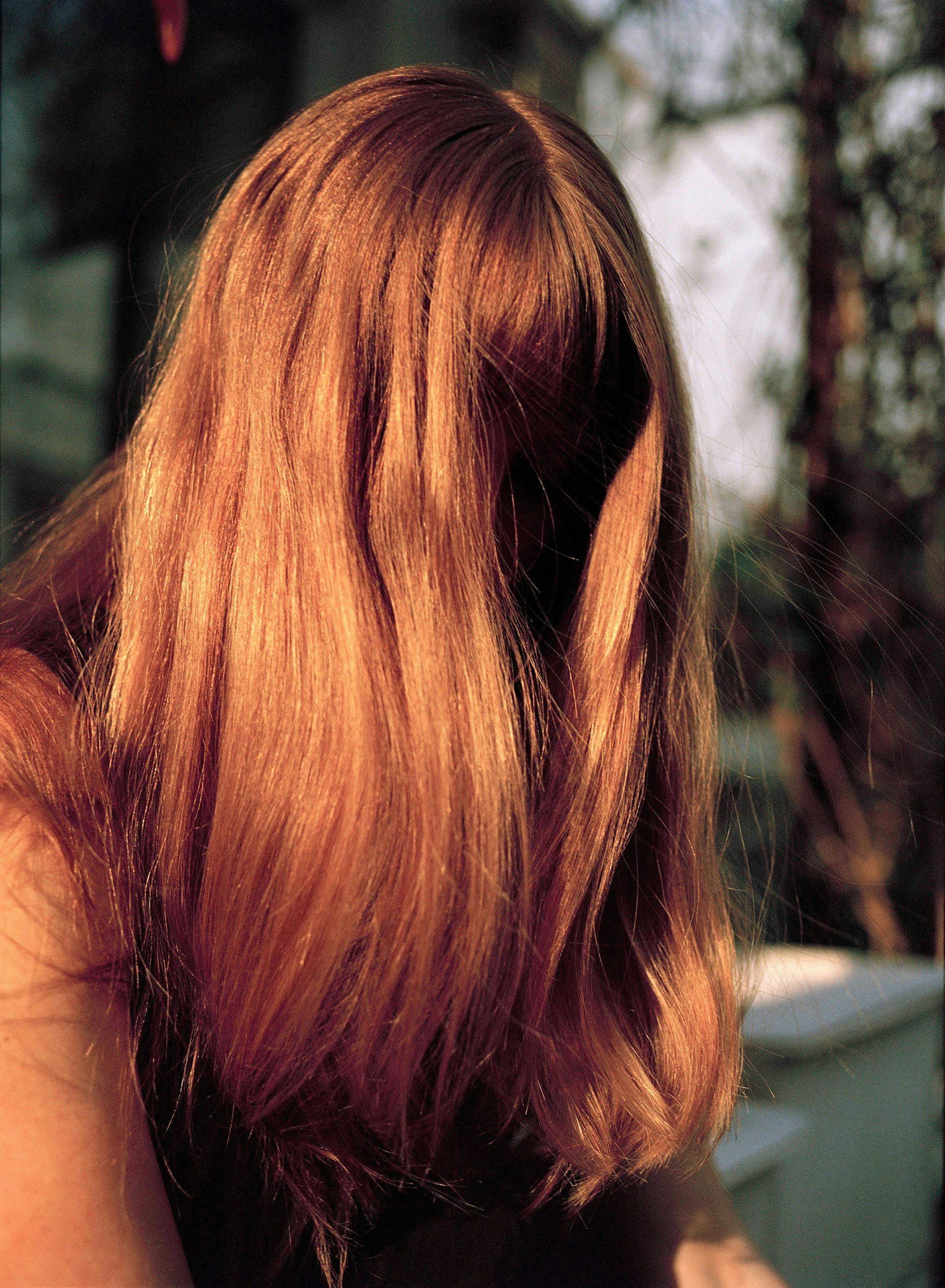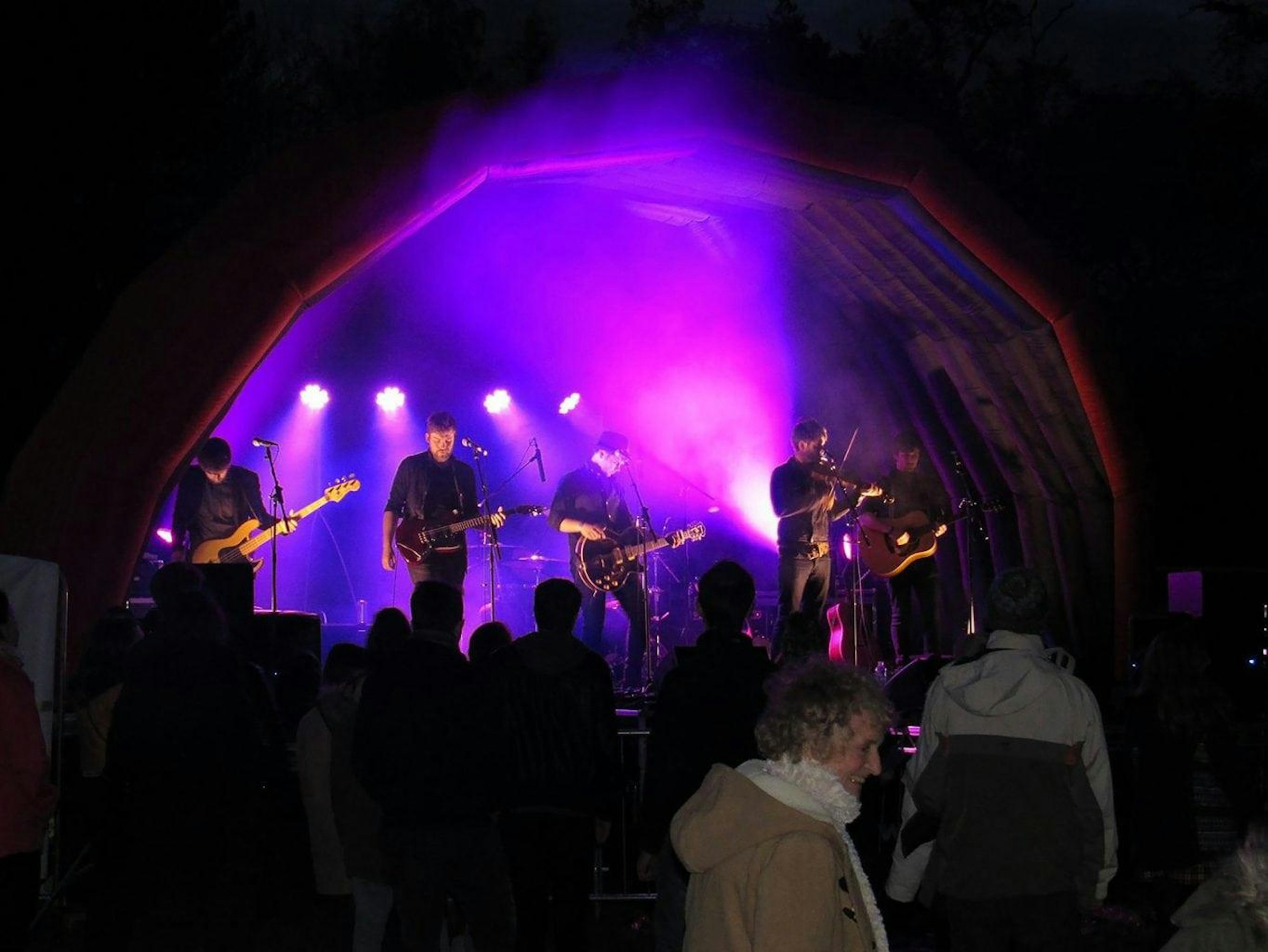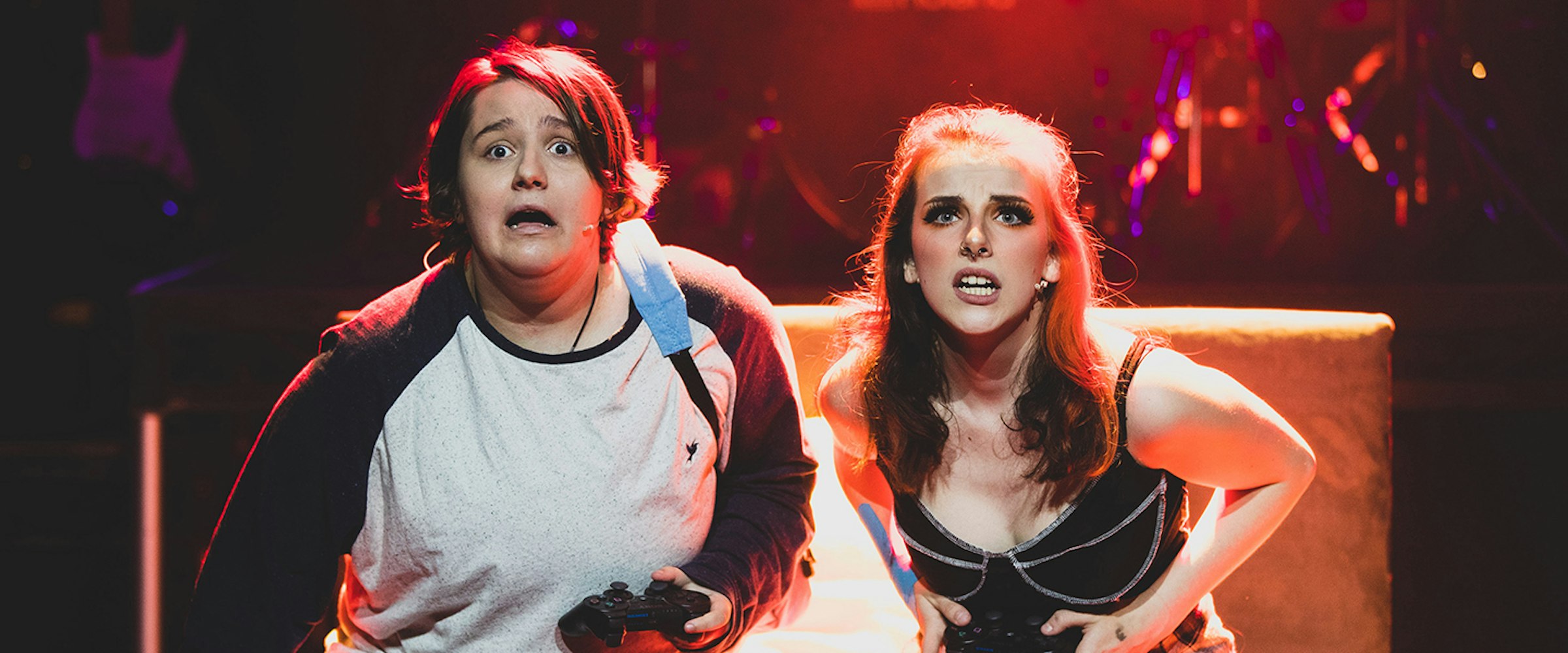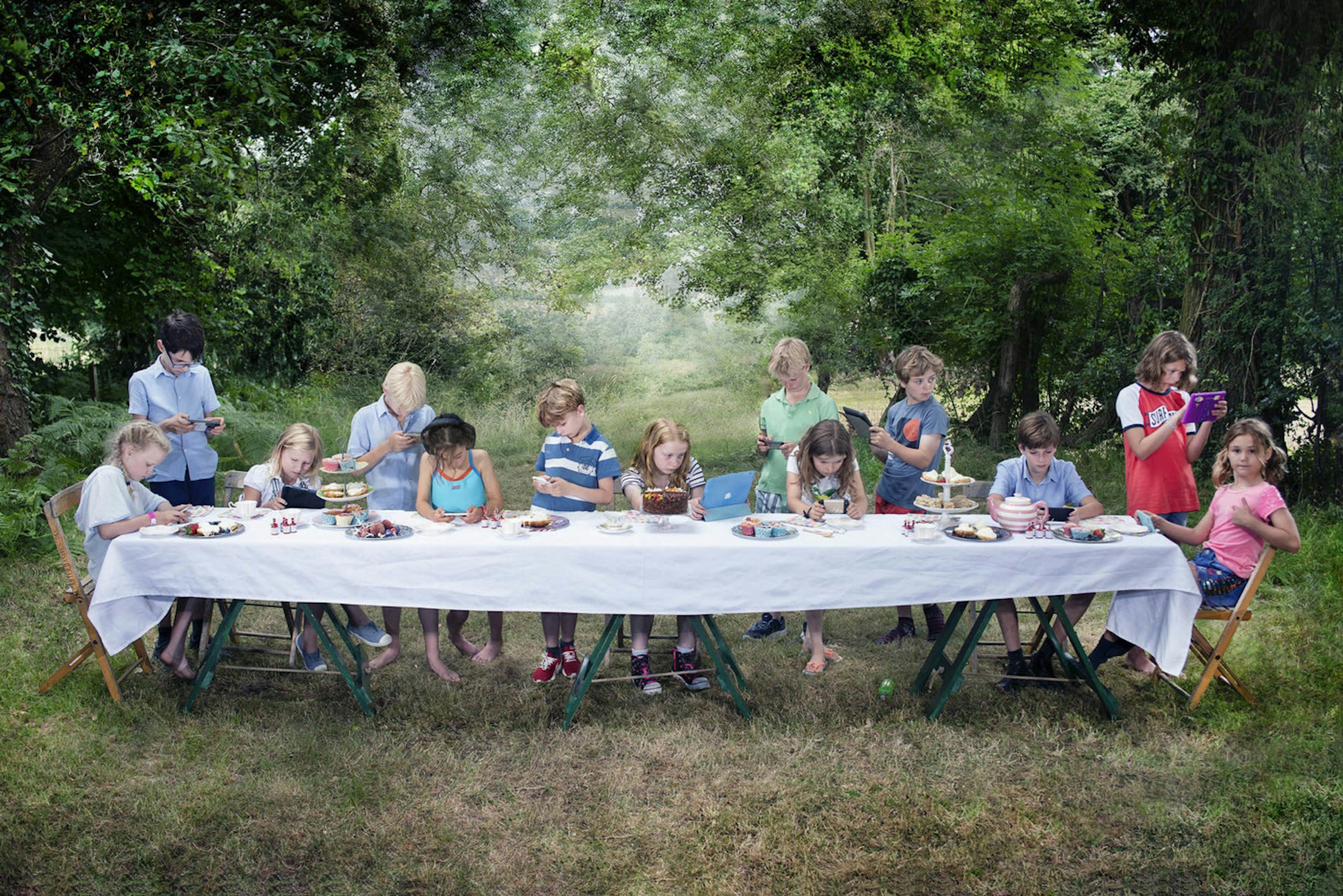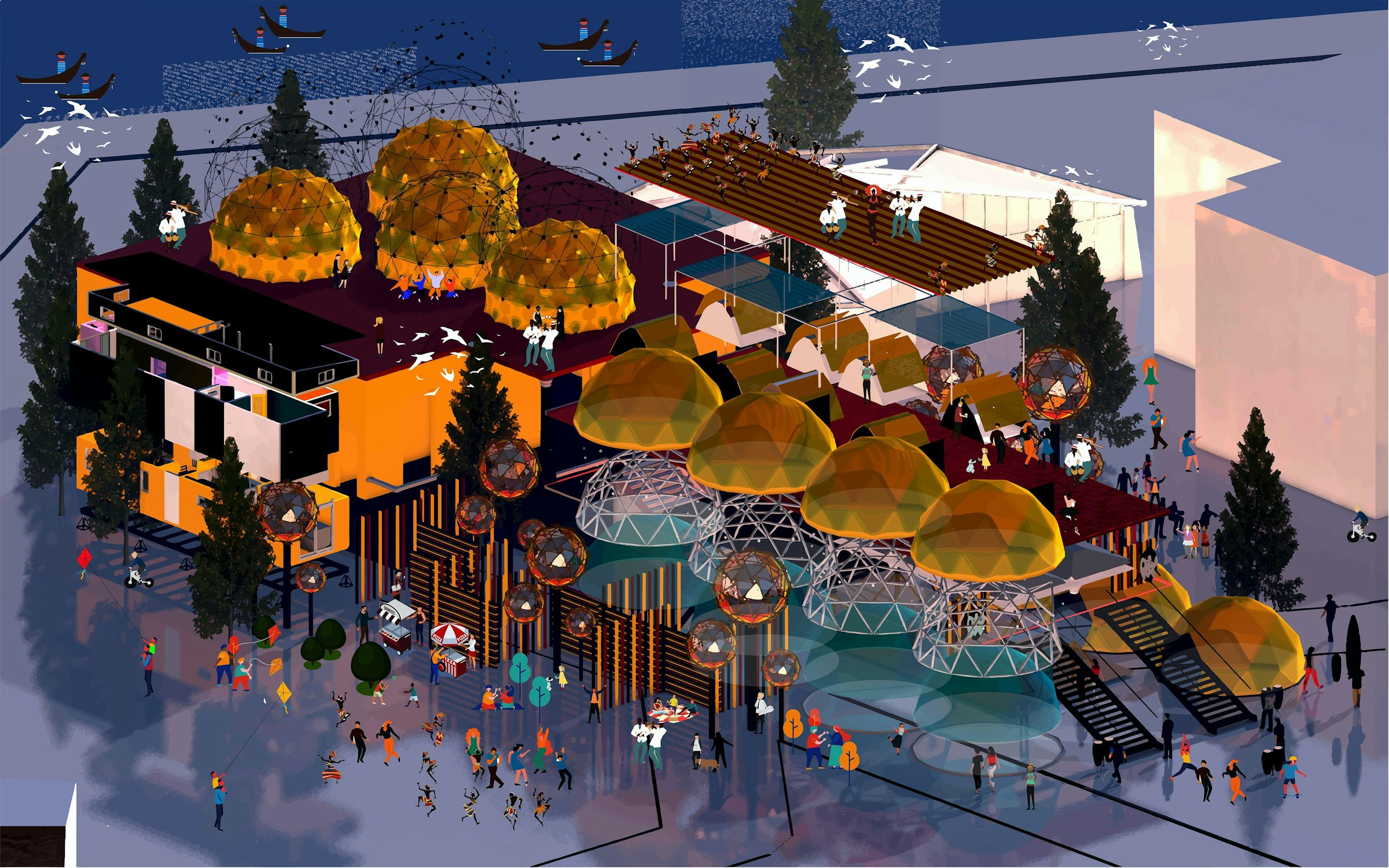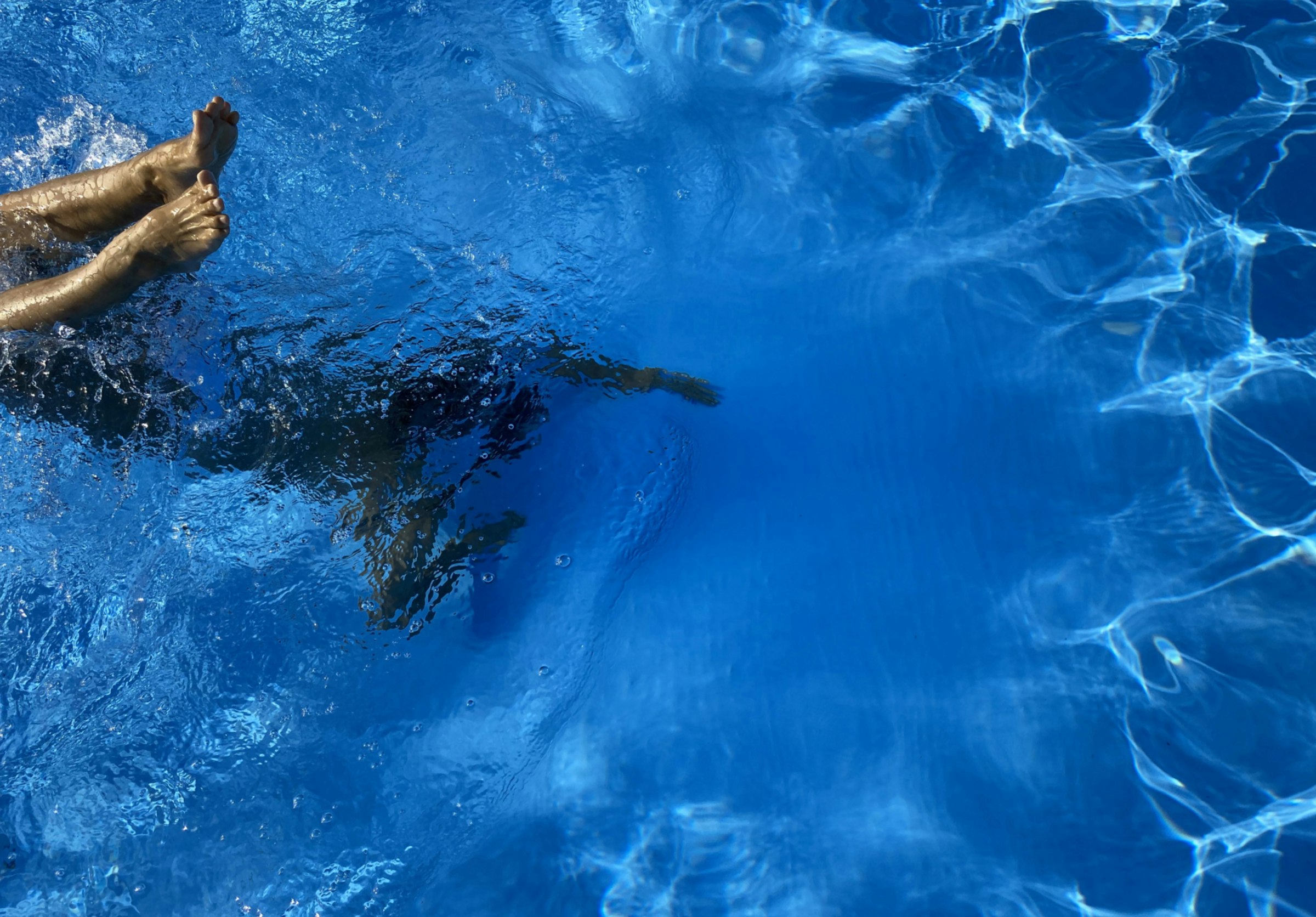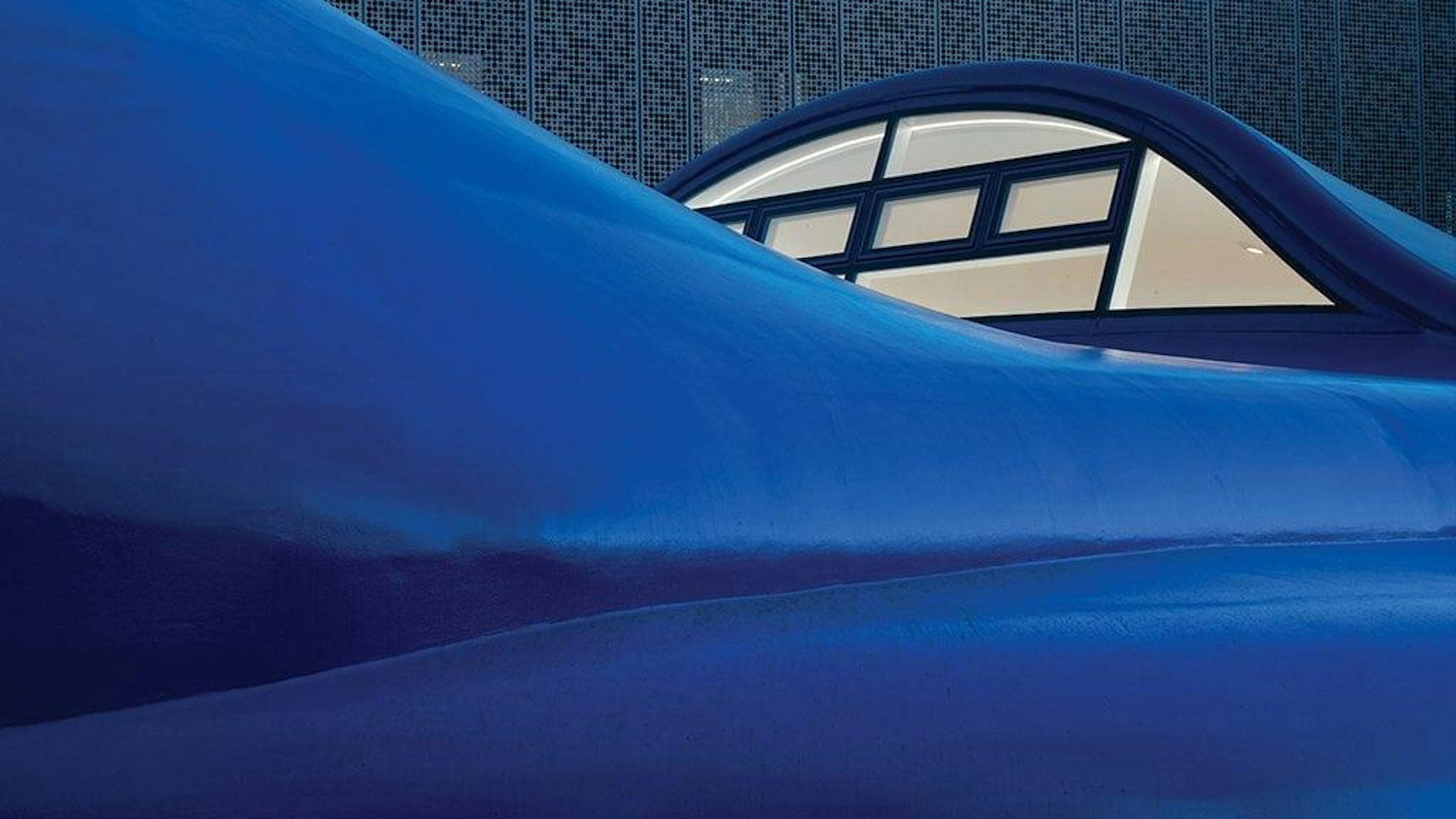
Arts University Bournemouth's BA (Hons) Fine Art course has commissioned a group of artists-in-residency for a video art residency in Naples, Italy.
The VVV-R project is a Video art Residency project by Visualcontainer and Vegapunk, which sees five artists-in-residency engage with digital tools including a blog, webinar platform, digital and physical archives and a streaming platform.
Curated by Richard Waring, AUB’s Fine Art Course Leader, the project has over the course of two years featured a dedicated annual episode for nine AUB Fine Art students, who are able to use the space for research and sharing processes of creation, investigating visions of the world through video art.
In February, the residency artists presented their work at boutique hotel SuperOtium in Naples, exploring with guests and visitors the different ways in which artist research related to video, both as a tool and as a work. The AUB group were also able to take part in a round table exercise to engage in face-to-face conversations with fellow artists and curators from across Italy.
The residency work by students Clara Begliardi Ghidini, Dasha Konovalova, Eve Williams, Tilly Collins, Eleanor Banfield, Amie Dodgson, Evelyn Yulin Zhou, Lisa Moro and Annabel Miller, resulted in two different exhibitions, streamed online via international art platform Visualcontainer TV, curated by Alessandra Arnò.
Artist-in-residency Tilly Collins, said: “The event Becoming the Skin of the Snake was a great experience for the students, as it gave them the opportunity to think of their work in a broader context. The opening event, meeting artists from around Naples, furthered this as it gave them the chance to talk about their work professionally. The event was a big success, with many artists saying the work was of amazing quality!”
Last year’s exhibition, Digital Glue, emphasised the connective aspect of the web and the action of turning other people's images into one's own voice. The work looked to re-edit artistic footage and the mix daily web footage with a new collective perspective.
This year through Becoming the Skin of the Snake, the group looked at the nature of a snake’s skin-shedding process; with the snake’s empty and discarded skin being seen as an objet trouvé; an empathic tool for relating to others and to the environment.
Despite the two thematically contrasting residencies and exhibitions, the artists were able to look at themes and areas of research that traversed the boundaries of both projects, with experimentation around the perceptive and psychological aspects of video.
Through Within Sens, which means ‘to feel’ in Latin, Amie Dodgson questions 'how can a sense other than visual be explored through video and found footage to create a narrative?' The research began with haptic vision using colorful abstract movements to create a synaesthetic experience.
Combining silences and diegetic sounds, Amie makes a play between attention and focus, meaning and interpretation which in turn creates a second narrative towards what the viewer is watching.
The perception of time is the focus of Evelyn Zhou’s work. In her video, time flows between cities and nature, from day till night. Colours and shapes draw a continuity between situations and environments in the frame, emphasising the difference in rhythms and relationships with time. When everything comes back to darkness the sounds display only the time of nature.
Tilly Collins' work deals with the sense of time too. She plays within the art world re-editing Bruce Nauman’s ‘Good Boy Bad Boy’ (1985) together with stock footage clips. The repetition is the key she uses to emphasise the experience of boredom. Highlighting repetition, she makes the video raise questions around how we spend time and on our sense of productivity, which directly relates to how the viewer is spending it watching this piece.
Numb reflects Clara Begliardi Ghidini's interest in psychological anthropology and biology. She deals with art legacy, editing Len Lye's Tusalava animation (1929) to examine the hypothetical metaphor between enzyme function and the way we cope with our emotions as human beings.
Annabel Miller’s work explores the hidden curiosity of the peephole and how the female body is often looked at through one end of this hole. In Performing Holes, she eliminates any form of sexual nature from the images and shows the subjectification of bodies as the narrative of performance. The mouths become the eye, speaking to the audience and creating a loop between the viewer, the watcher and performer: a watching loophole.
Invasion Fertilisation results from Lisa Moro’s research into the international commercial fertility and surrogacy market. The piece is set in Ukraine, one of the largest commercial surrogacy markets, using public webcam footage in the last few days as Russian invasion is imminent. The artist makes reference to microscopic and telescopic views, making a parallel between cells and territory: two spaces of invasion making reference to raping as a war occupation tactic.
Eleanor Banfield shares within Galaxian Green her contradictory feelings born from the mix between her vegan position and her nostalgia: She created an Ormer character and made it aesthetically pleasing using the sci-fi and gaming connections to create a friendly and nostalgic feeling to allow the audience to become more attached and sympathetic towards the Ormer before the video descends into the chaotic and violent reality of the shellfish.
Eve Williams explored the associations between human communication systems and the tree's micellar net. Using Peter Wohelleben’s The Hidden Life of Trees (2015) as a reference point, She represented the connectivity using screenshots from Google Earth, bringing into question ideas surrounding surveillance and the power of the observer. The patterns and recurring shapes emerge from the footage as the video Connect proceeds illustrating similarities between human and vegetal intelligence.
Glasnost focuses on the struggle of overcoming an oppressive regime, the effects it can have on someone’s psyche and the psychology of whole nations generations after its fall. Dasha Konovalova stresses the repetitiveness of sounds and imagery of the film to give emphasis to the feelings of betrayal, anger and sadness. By doing so, she ri-elaborates, both personally and historically, Adonis XIV, a film by Baki Sadykov. It is from a collection of videos made in the beginning of the "Glasnost Era", 1986-1988. The film features a white goat who leads animals to slaughter for some sugar cubes from humans.
BA (Hons) Fine Art Course Leader Richard Waring said: "This global network project creates an inspirational real world learning environment for our students by placing their new residency artwork in the context of an international video art forum and discussion event.
"Their artwork was critiqued at the in real life screening opening evening in Naples by Italian contemporary artists and critics. The project really stretched and challenged the student’s art practice whilst simultaneously increasing their awareness of broader social contexts."
Becoming the Skin of the Snake will run online until Tuesday 12 April 2022



